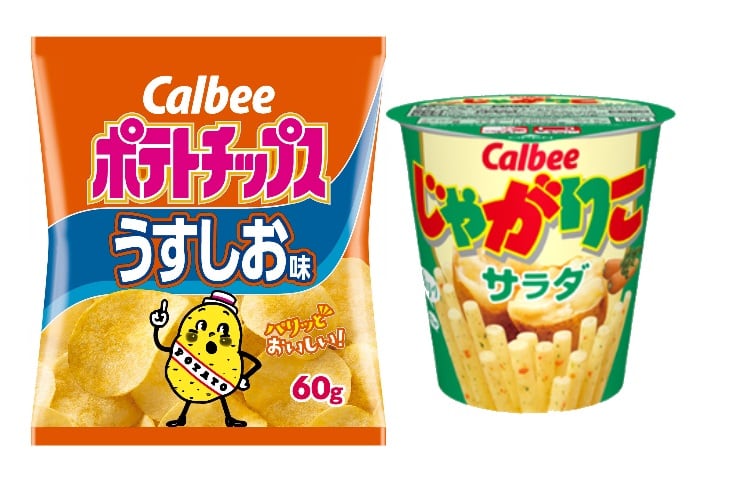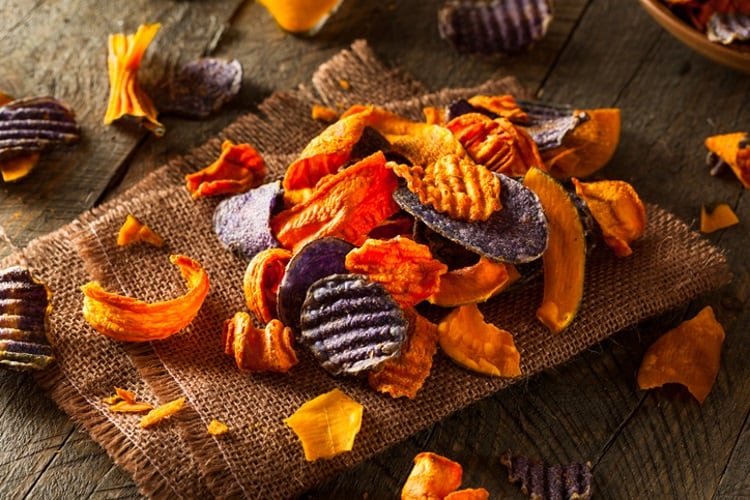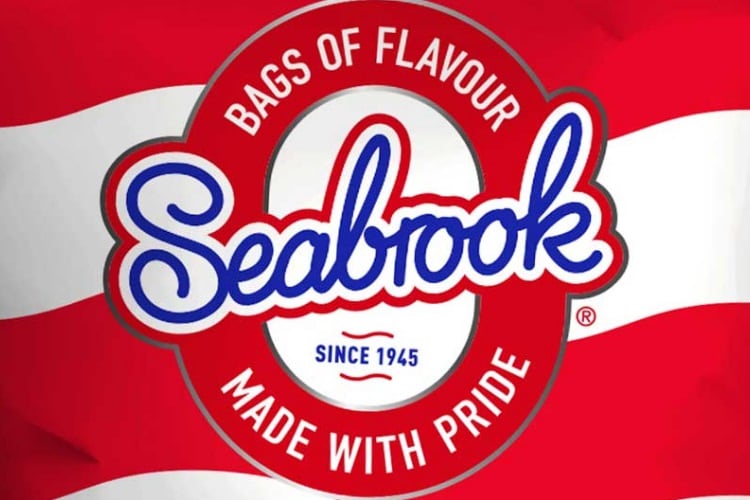Calbee president and CEO Shuji Ito is hoping to turn around the company’s relationship with the American multinational.
PepsiCo took a 20% stake in the Japanese snack maker in 2009, but Calbee has never fully leveraged the relationship – evident in Calbee’s slumping stock price over the years.
At a recent press conference, Ito unveiled the company’s Vision 2030 plan, which outlines utilizing PepsiCo’s sales network to drive Calbee’s sales in foreign markets.
The plan calls for overseas operations to account for 25% of total sales by 2024 and for more than 40% of total sales by 2030.
During his 10-year tenure, now-retired Calbee chairman and CEO Akira Matsumoto transformed the struggling privately held snack maker into a highly profitable public company. It became a household name in Japan but still lags behind other majors on the international market.
The company entered a business partnership with PepsiCo in 2012 for expansion in North America, through which it has already seen success in rolling out its black bean Harvest Snaps.
However, the country’s snack market continues to be dominated by Lay’s and Doritos – both brands owned by PepsiCo. PepsiCo brands are sold through Calbee subsidiary Japan Frito-Lay, but contribute only about 5% to group sales.
Ito wants to change this and sees opportunity in leveraging PepsiCo’s ready access to established sales channels.
Calbee’s 2030 Vision lists four key regions as revenue-generating bases – including North America, Greater China, the UK and Indonesia. It also sees another opportunity in India, where PepsiCo is firmly established.
New food areas
The company’s push includes establishing businesses in new food areas at ‘its raw material’s point of origin, such as expanding its business domain in the potato business,’ according to a release.
It also plans to develop new processing technologies to leverage these materials, much like its recent agreement with EnWave Corporation to pilot its proprietary food dehydration technology.
In March, Calbee announced it was investing ¥1bn ($144.8m) to double the production capacity of its Jabagee plant in Hong Kong to cope with the upswing in demand in China.
Its vision 2030 also includes:
- A 20% reduction of salt equivalent in products across the board
- Increasing its female manager ratio to over 30%
- Domestic procurement volume of 400k tons of potatoes
- A 30% reduction in greenhouse gas emissions by 2030.
Fighting food waste
Meanwhile, the snack maker has announced it will extend the ‘best before’ date for its potato chips in the hope the change will help address food loss.
It is extending the date for some of its bagged chips from the current four months to six months, starting with those manufactured on October 1 2019.
It is also prolonging the date from the current 12 months to 13 months for its potato chips in tubes.
Additionally, it is changing the labels to display the year and month, instead of the current labeling that shows the year, month and date.
According to Calbee, the changes are possible because it has improved the quality of its products by reviewing its manufacturing processes, ingredients and packaging materials.
The company hopes the changes will help tackle the amount of food that can be eaten but is still thrown away because of expired ‘Best By’ dates.
The move follows the recent call across the pond by the US Food and Drug Administration for food industries to use ‘Best If Used By’ labeling to describe the date when a food will be at its best flavor and quality.
The FDA believes standardizing date labels will be another helpful step in reducing food waste, which current amounts to approximately 133 billion pounds of food worth $161bn annually.





